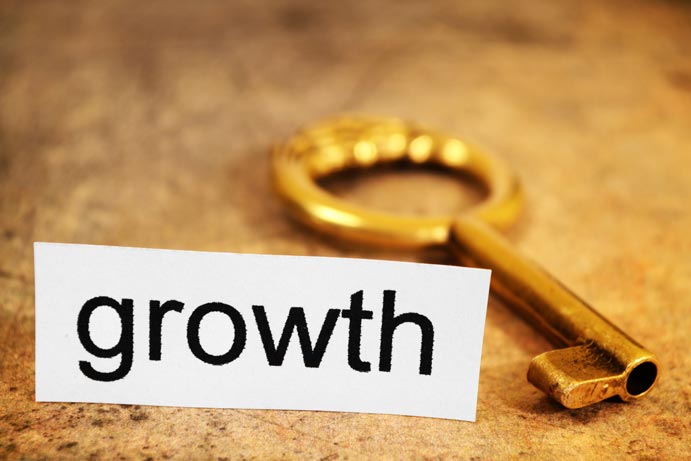Australian house price growth will slow to 7 per cent in 2017 before it collapses to between zero and 3 per cent in 2018, predicts UBS.
In a new housing outlook report, UBS said it is “calling the top” for Australian residential housing activity despite a surprise rebound in February approvals to 228,000.
While the “historical trigger” for a housing downturn is missing (namely, RBA interest rate hikes), mortgage rates are rising and home buyer sentiment is at a near record low, said UBS.
“Hence, we are ‘calling the top’, but stick to our forecasts for commencements to ‘correct but not collapse’ to 200,000 in 2017 and 180,000 in 2018,” said the report.
House prices are rising four times faster than incomes, noted UBS, which is unsustainable and suggests that growth has peaked.
“We see a moderation to [approximately] 7 per cent in 2017 and 0-3 per cent in 2018, amid record supply and poor affordability, with the new buyer mortgage repayment share of income spiking to a decade high,” said UBS.
The report also pointed to the March 2017 Rider Levett Bucknall residential crane count, which has more than tripled since 2013 to a record 548, but is now flat year-on-year.
Housing affordability has gone from “bad to even worse”, said UBS, with the house price to income ratio soaring to a record 6.5.
“With record low rates, repayments haven’t yet reached historical tipping points where prices fell, but would if mortgage rates rose by only [approximately] 100 basis points,” said the report.
The gross rental yield for two-bedroom unit has fallen to a record-low of less than 4 per cent, said UBS, which is now below mortgage rates of 4.25-4.50 per cent.
UBS also pointed to Australia’s household debt to GDP ratio of 123 per cent, which is one of the highest in the world.

